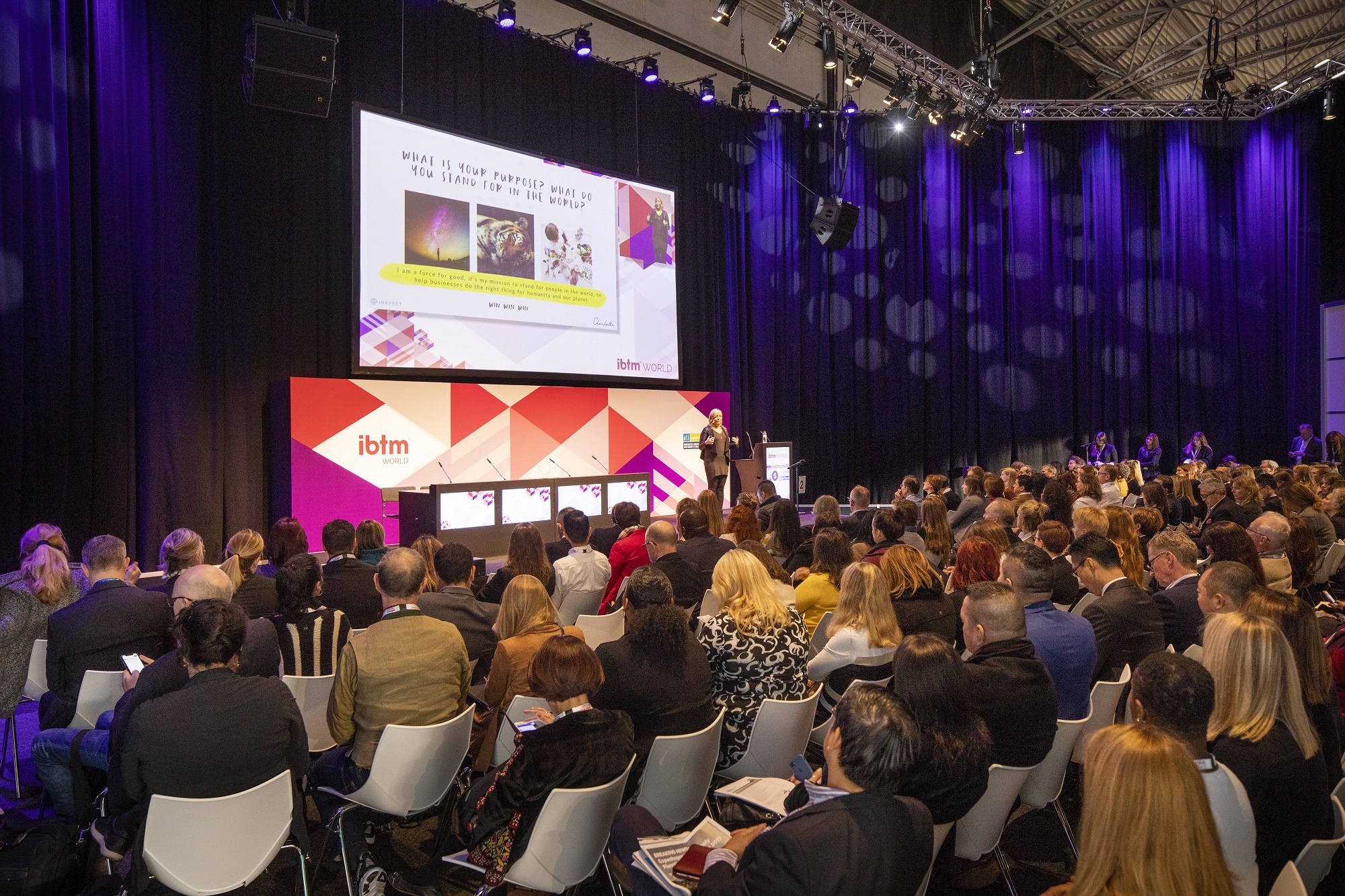When meetings matter, how do you give the participants every chance for success? The better practices for meeting planners and facilitators working with diverse groups come down to just a few principles.
Although these principles apply to any situation, any business, via the web or in person, let’s suppose a creative session has been arranged for a group of 15 top marketing people to brainstorm ideas for the Asia-Pacific launch of a new consumer electronics gadget.
Set a structure to the meeting
The first challenge facing the meeting planner: how to structure the agenda to tightly focus on the task at hand but still give participants enough room to be innovative, perhaps even original?
We’ve found it helpful to invest some time prior to the session to become unmistakably clear about the real goal. Three questions help establish the direction, motivation and evidence for the desired outcome: What do you want? What will that do? How will you know when that’s been achieved?
Structure and flexibility are both needed – indeed, they play off each other. Participant creativity and passion only become useful through collecting, evaluating and honing ideas. It becomes the facilitator’s job to allow enough creative “tangents” to bring in spontaneous, fresh ideas, but not allow the group to lose focus and drift into irrelevancy.
Second challenge: how do you set the right tone during the meeting? During both planning and facilitation phases, build in systems and tools for effective participation, recognition, spontaneity and security. These qualities largely determine how well the group will do in achieving their goals.
Participation must be guided by a clear set of principles or ground rules to focus attention on what matters most. Too often ground rules are taken for granted and not made explicit. Keep them above-board (perhaps posted visibly) to provide needed structure and predictability.

Establish a no fault zone
By contrast, each participant must have the freedom to move with their inspiration in the moment and not get shut down simply because their view is new or “different” from others in the room. This is simply a matter of respect. Plus, who knows where the next truly brilliant, breakthrough idea will come from?
To encourage creativity and risk-taking, facilitators can establish a “no fault” zone, asking everyone to maintain a state of curiosity, initially saying “Yes, and…” in response to each idea, no matter how ridiculous or absurd. Better yet, use “open collaboration” or “card deck” techniques to rapidly record, organise and then explore ideas. Facilitators accept and then build on the tried-and-true, but praise and reward what’s new, fresh and exciting. Creativity is contagious and recognition of what’s wanted can quickly fire up a group.
But spontaneity and recognition are not sufficient. Safety and security come first. Participants must feel safe enough – emotionally and physically – to speak up, confidently contribute, without being judged or put down.
Part of this quality of safety is intangible, hard to name. For example, the room must include “creature comforts” such as adequate air, light, water, and so on. This has been called “psychological air.” This is also why it is important to prevent one person or subgroup from dominating – only when quieter, more reserved participants feel safe will they usually jump in.
Keep these qualities – security, recognition, spontaneity, participation and,p one more, effectiveness (focus on the goal itself) – in your toolkit and check to ensure they are included when setting goals, at beginnings and transitions, such as before tackling a new topic.
With attention to the subtle details you’ll harness the power and potential of diverse groups, and succeed wildly.
Daniel Robin is an executive coach specialising in facilitation, innovation and collaboration skills. His newest E-course, “How to Train Your Boss”, is now available online. Contact Daniel at daniel@abetterworkplace.com


